Struggling to get pregnant even after months of trying? You're not alone — and you're not out of options. When things don’t happen naturally, it’s easy to feel stuck. But for many couples, IUI treatments offer a simple and effective next step.
IUI gently boosts your chances by helping sperm meet egg at just the right moment — no surgery, no major downtime.
In this article, we’ll break down how IUI works, who it’s for, what the process looks like, and how to know if it’s right for you. Clear, simple, and straight to the point — everything you need to take your next step with confidence.
What is intrauterine insemination (IUI) and how does artificial insemination work?

Intrauterine insemination (IUI) is a fertility treatment where a doctor places sperm directly inside the woman's uterus. This makes it easier for the sperm to reach the egg, giving a better chance of getting pregnant.
IUI it's often used when couples face unexplained infertility, low sperm count, or trouble with cervical mucus. It’s also helpful for single women or same sex couples who use donor sperm.
Before the insemination procedure, a semen sample is collected — either from the male partner or a donor. The sperm is then cleaned using a method called sperm washing, which removes the seminal fluid and picks the healthy sperm.
Here’s how the process works in a fertility clinic:
- A fertility specialist creates a treatment plan based on the couple’s needs.
- The woman may take fertility medications to stimulate ovulation or induce ovulation.
- A blood test and transvaginal ultrasound track when the ovary releases one or more eggs.
- A trigger shot (with human chorionic gonadotropin) may be used to time ovulation.
At the right time in the menstrual cycle, the doctor places the specially prepared sperm through a thin tube into the uterus. This helps the sperm travel past the cervix, increasing chances of successful pregnancy.
This is a safe procedure, usually done in the doctor’s office, and takes just a few minutes. Some women feel mild cramping or light discomfort.
IUI is different from vitro fertilization, and it is often the first choice before trying other fertility treatments. It's also used when a semen analysis shows poor sperm quality but still enough to try IUI.
Why intrauterine insemination IUI is needed in fertility treatments

Some couples try for months or even years but still haven’t conceived naturally. This is where intrauterine insemination IUI, also called artificial insemination, can help. It gives the sperm a better chance by placing it closer to the egg at the right time.
IUI is often used when there are issues with:
- Blocked or damaged fallopian tubes
- Mild male infertility or poor sperm sample
- Unexplained fertility issues that don't have a clear cause
Doctors may recommend IUI for couples where the partner’s sperm has low movement or shape problems. It’s also helpful when using donor insemination, sometimes called donor insemination, especially for single women or same-sex couples.
IUI is part of the iui process that can lead to a successful IUI in couples who don’t want to jump straight to IVF. If you're unsure if it's right for you, many clinics offer a free consultation to discuss your options.
There are several factors that affect IUI success, but when used correctly, it’s a simple, low-risk step that can make a big difference.
Want a tailored fertility plan for you ? Visit DrAnshuAgarwal.com and get clarity on your next step.
Intrauterine insemination IUI vs other fertility treatments: What to consider
Choosing the right fertility treatment can be confusing. Here's how intrauterine insemination IUI compares to other fertility treatments like IVF and timed intercourse:
If you're not sure which path is right, understanding your condition and treatment goals can help you decide. A fertility expert can guide you based on your unique case and medical history.
How the IUI procedure is done: Step-by-step insemination procedure explained
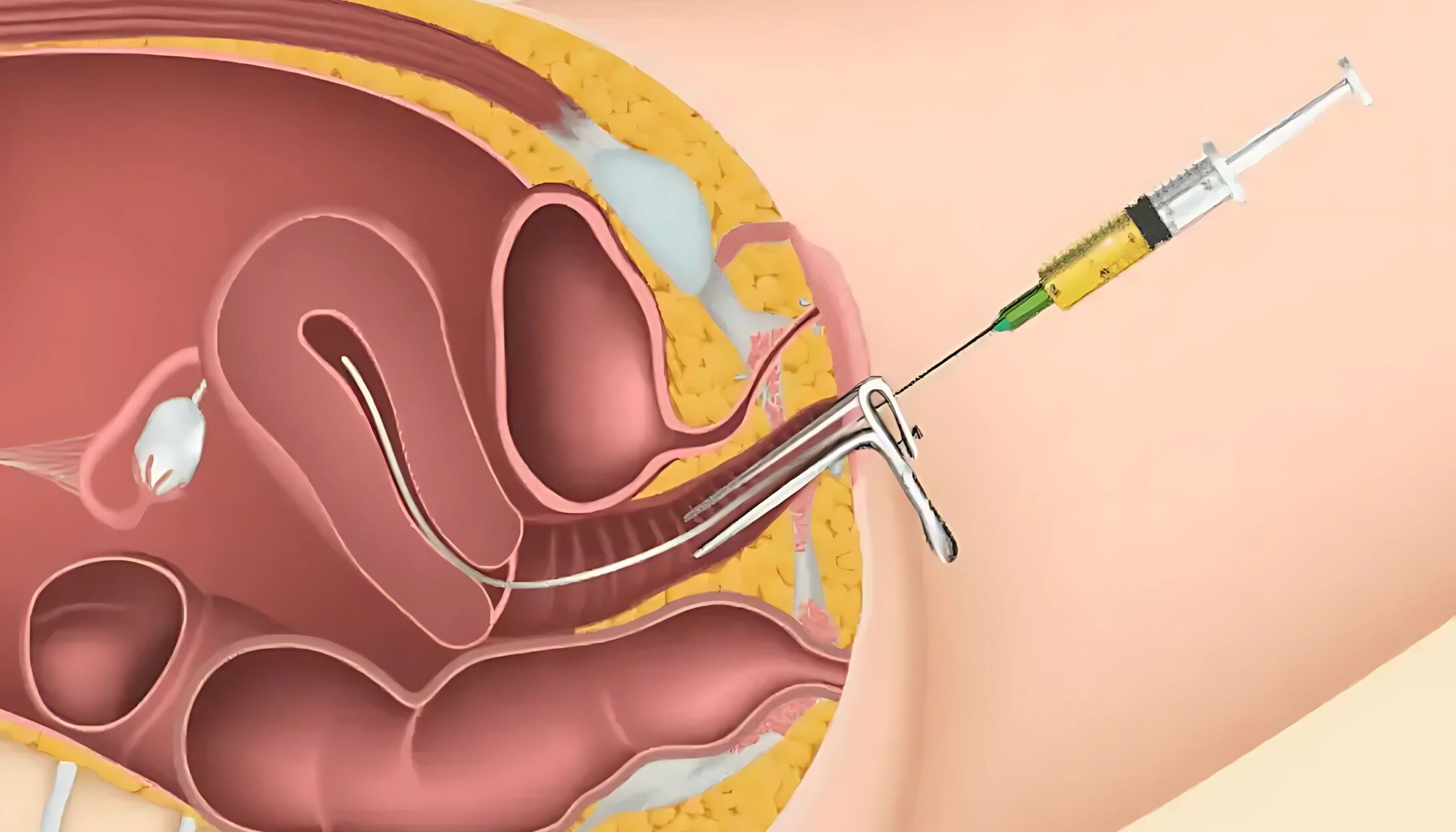
he IUI process is done in carefully planned steps. Each step is important and helps increase the chance of pregnancy in a safe, simple way.
Let’s look at what happens before, during, and after the insemination.
Step 1: Initial consultation at a fertility clinic
The first step is meeting with a fertility specialist to talk about your health, past tests, and plans. This is done at a fertility clinic, where your doctor builds a treatment plan.
- They will go through your medical history
- You might need a uterine exam to check the shape and health of the uterus
- This step helps rule out risks like pelvic infections or semen allergy
This step sets the stage for everything that follows. It’s also a good time to ask questions and understand what to expect.
Step 2: Fertility tests and blood test analysis
Before starting IUI, doctors do several tests to check if your body is ready. A blood test helps track hormones and check your overall health.
You may also need:
- Ovulation induction tracking
- A test for luteinizing hormone to time your cycle
- Other tests to check egg reserve and hormone balance
This step helps the doctor plan when and how to move forward with the IUI.
Step 3: Ovarian stimulation and egg growth monitoring
Doctors often use medicines to stimulate ovulation so that more than one egg grows. This increases the chances of success.
- You’ll be monitored with ultrasounds to see egg growth
- Medication may lead to ovulation induction, starting the release of eggs
- The goal is to grow healthy eggs without too much risk
This step needs close watch, as growing too many eggs can lead to sudden weight gain or complications.
Step 4: Ovulation trigger using medication
Once the eggs are ready, a trigger shot is given to release the egg. This helps control ovulation timing so the IUI can be planned right.
- The shot often contains human chorionic gonadotropin
- It may also boost luteinizing hormone levels
- IUI is usually done 24 to 36 hours after the trigger
This step makes sure that the sperm meets the egg at the best time.
Step 5: Sperm collection and preparation for artificial insemination
A sperm sample is collected from the male partner or a donor. It’s then cleaned in a lab to remove fluid and pick only good-quality sperm.
- This process is called sperm washing
- It creates a concentrated sample of processed sperm
- This lowers the risk of reaction and improves success
Only the strongest sperm are used in the insemination to help increase the pregnancy rate.
Step 6: The intrauterine insemination procedure
The doctor places the sperm into the uterus using a thin tube. This step is short and nearly painless.
- It’s done in the clinic and takes just a few minutes
- You may feel a little pressure or cramping
- Some women notice light vaginal bleeding after the procedure
Since the sperm is placed closer to the egg, this improves your chance of a successful IUI.
Step 7: Post-insemination care and monitoring
After the procedure, you’ll rest for a short time. Then you can go back to normal activities unless the doctor advises otherwise.
- You might be given medicine to support the early pregnancy stage
- It’s important to avoid stress and follow any advice given
- Watch for unusual signs like pain or heavy bleeding
This step is about waiting and giving your body time to respond.
Step 8: Blood test to confirm pregnancy
About two weeks after the IUI, a pregnancy test is done using blood. This test shows if implantation has happened.
If positive, the next steps begin for prenatal care. If not, the doctor may suggest another cycle or change in your plan.
How many cycles of intrauterine insemination are recommended?
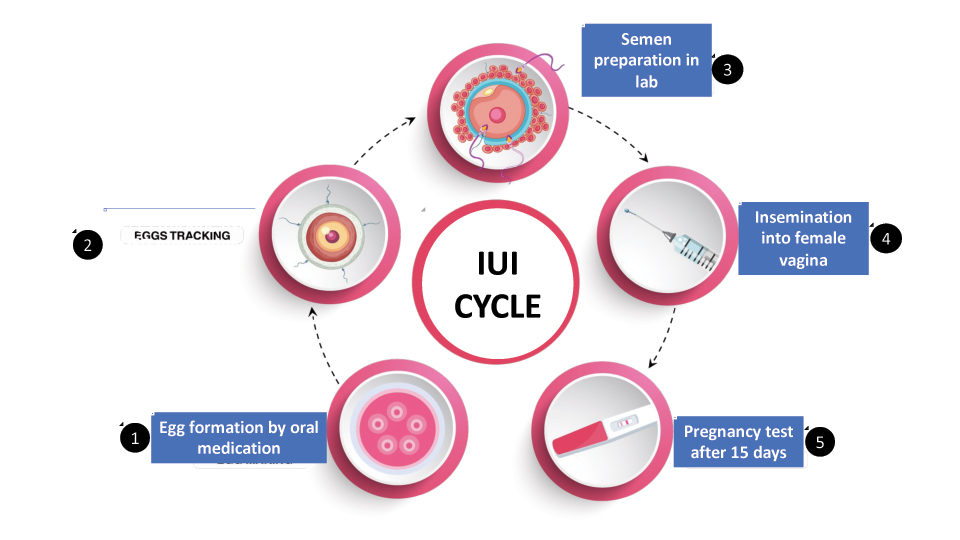
Most fertility experts suggest trying 3 to 6 cycles of intrauterine insemination before moving on to other options. This is because many pregnancies from IUI happen within the first few tries.
- Success may depend on your age and fertility condition
- If pregnancy doesn’t happen after 3 cycles, the doctor may adjust the plan
- Trying more than 6 cycles usually has lower chances of success
The number of cycles can also depend on how your body responds to the treatment and how well the sperm and egg match.
During these cycles, it’s important to take care of your body. Doctors may recommend folic acid to support healthy egg development and reduce pregnancy risks. While rare, repeated cycles without success can lead to stress or concerns like low birth weight if not monitored well.
Always follow your doctor’s advice to know what’s right for you.
7 Factors that affect IUI success in fertility treatments
Many things can affect how well IUI works. Knowing these key factors can help you understand your chances and plan better with your doctor.
Let’s look at what matters most during the IUI journey.
1. Female age

A woman’s age plays a big role in IUI success. As age increases, egg quality and number go down.
- Women under 35 have better chances
- After 35, the success rate slowly drops
- After 40, the chances of pregnancy are much lower
Doctors often suggest acting early if you plan to try IUI.
2. Egg quality and ovulation timing

Healthy eggs and proper timing are key. IUI works best when the egg is released and sperm is placed at the right moment.
- Doctors use scans to track ovulation
- A trigger shot may be used to control timing
- Poor egg quality can lower chances even if timing is right
Good timing increases the chance of the sperm meeting the egg.
3. Sperm count and motility
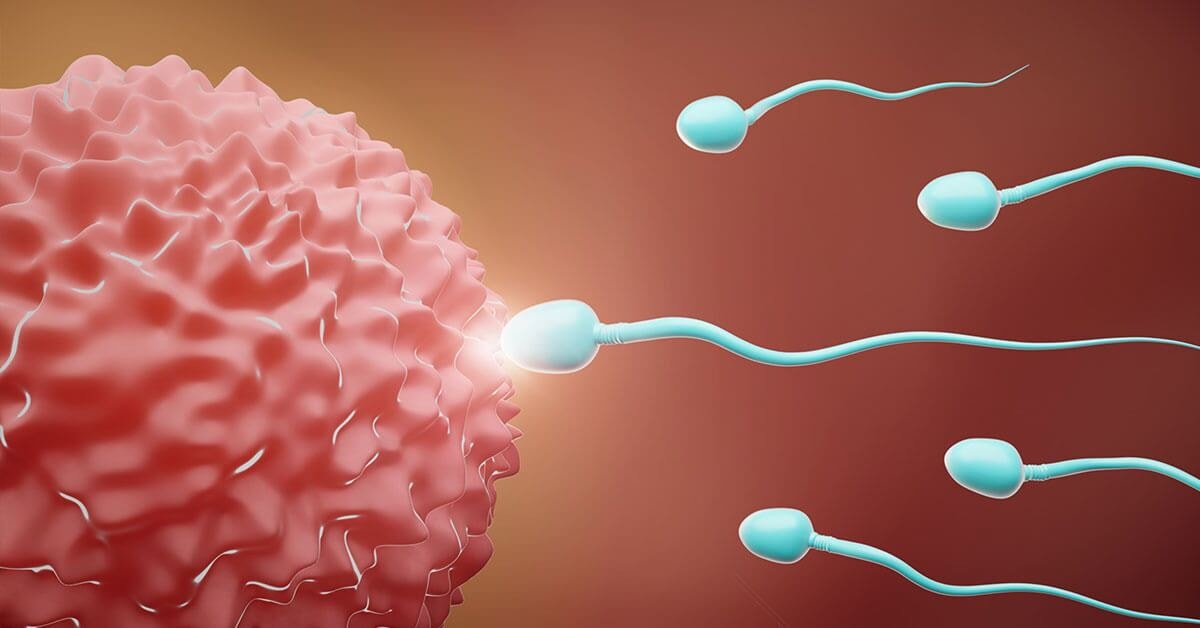
The sperm must be strong and able to move well. Low numbers or slow movement can reduce the success of IUI.
- A sperm sample is tested for count and motility
- The best sperm are selected through sperm washing
- Sometimes, donor sperm is used if sperm quality is poor
The better the sperm, the higher the chance of success.
4. Number of IUI cycles attempted
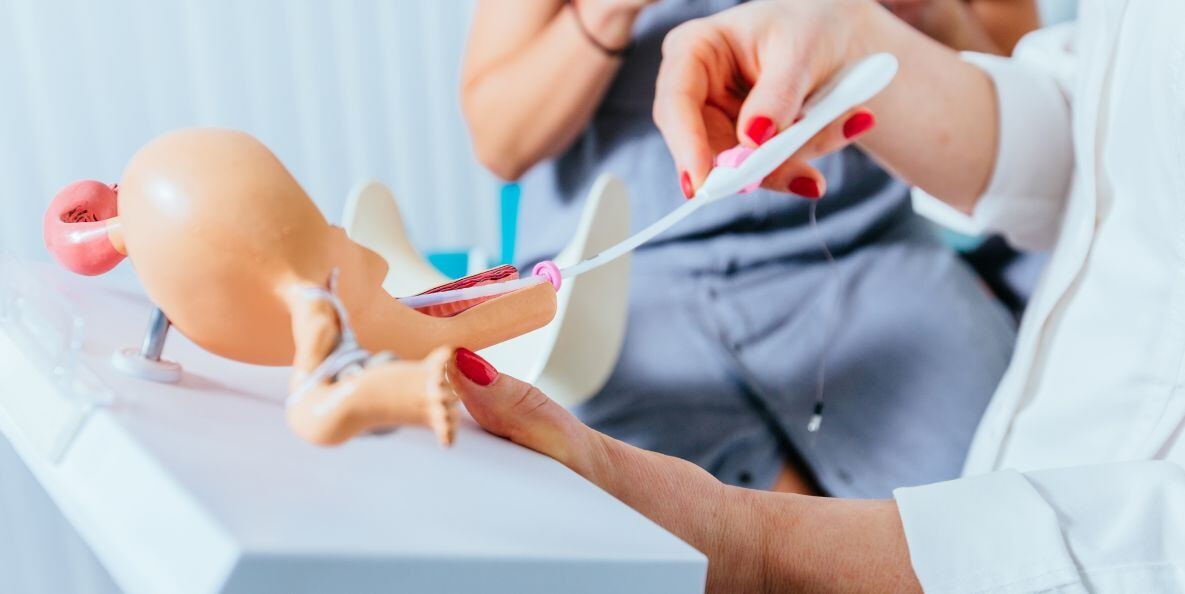
Trying IUI multiple times can help, but after a point, the results usually drop.
- Most pregnancies happen in the first 3 to 4 cycles
- After 6 failed tries, doctors often suggest other treatments
- More cycles do not always mean better results
Each cycle helps doctors learn and adjust the plan if needed.
5. Cause of infertility
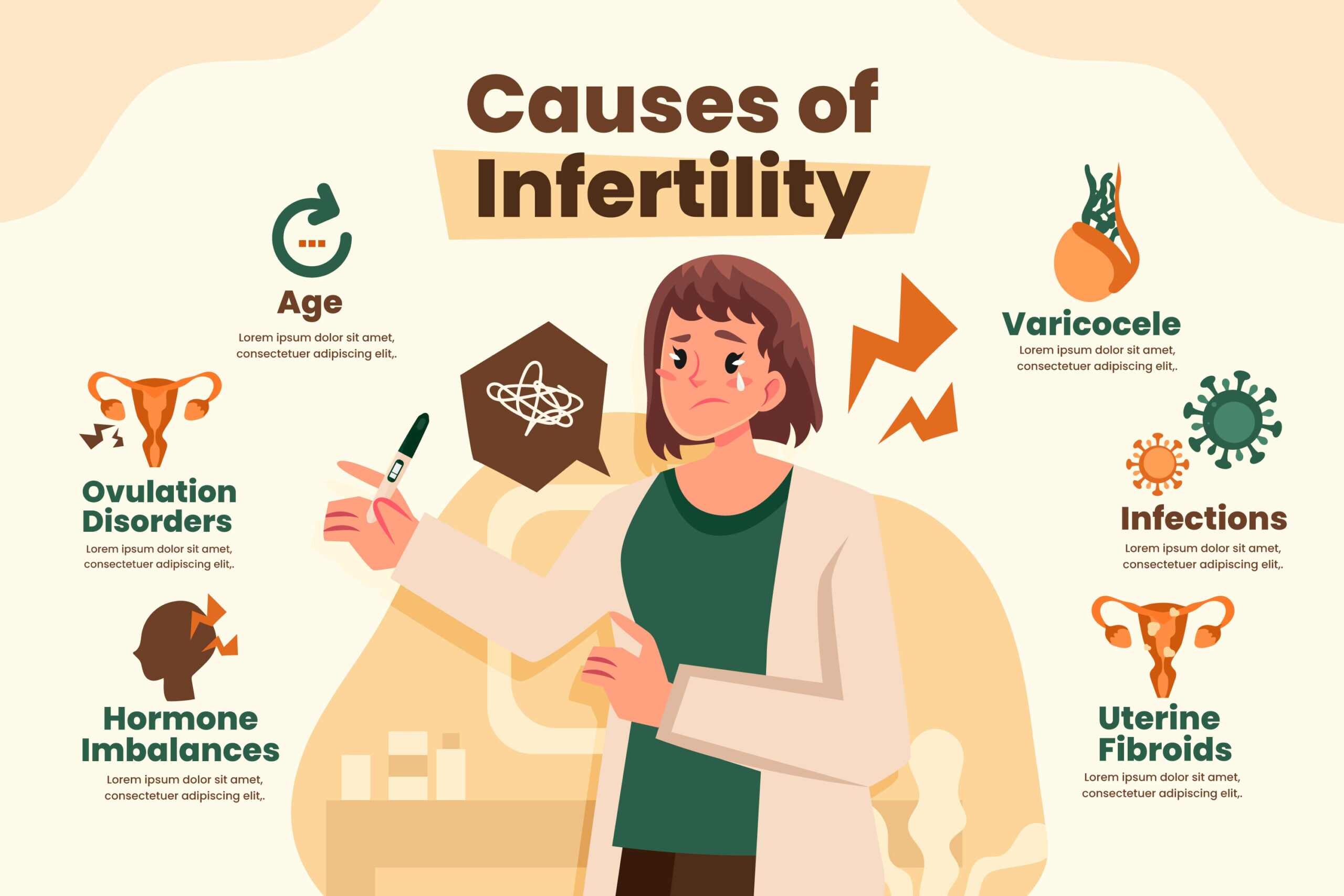
IUI works better for some types of infertility than others. It may not help if there are major issues with eggs, sperm, or tubes.
- Good for unexplained infertility or mild male problems
- Not ideal for blocked fallopian tubes or severe sperm issues
- A proper diagnosis helps pick the right treatment
Knowing the cause early helps avoid wasting time.
6. Uterine lining thickness
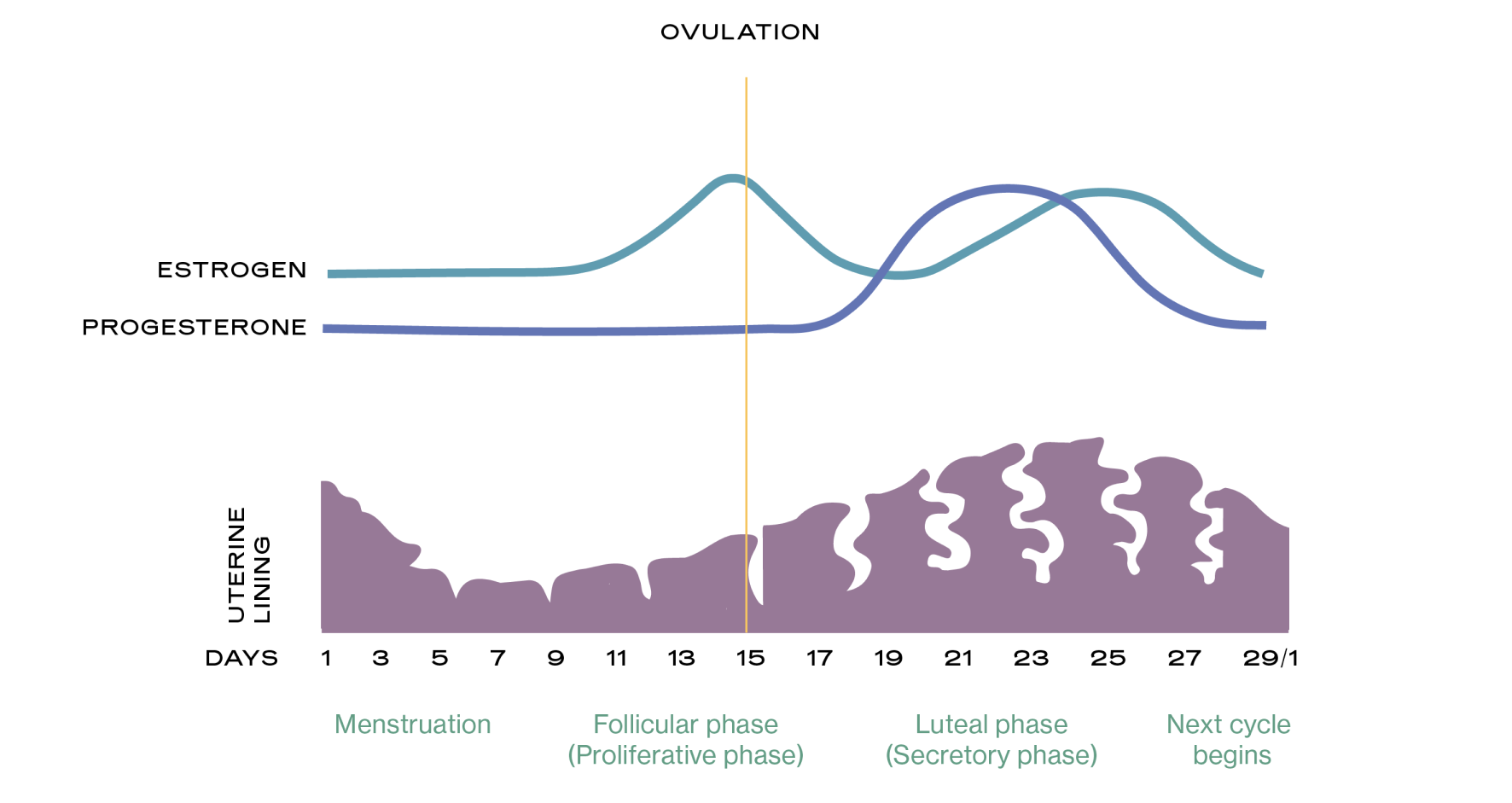
The uterus lining must be thick enough for the embryo to stick and grow.
- Doctors check this through ultrasound
- A thin lining may reduce IUI success
- Medication or hormone support may be needed
Good lining supports healthy embryo growth.
7. Timing of the insemination procedure

IUI must happen close to ovulation for the best results.
- Doctors time the procedure after checking hormone levels
- The sperm is placed within 24–36 hours of egg release
- Bad timing can miss the chance for fertilization
A well-timed IUI gives sperm and egg the best shot at meeting.
Risks and limitations of artificial insemination
Artificial insemination, like IUI, is mostly safe. But like any medical treatment, it has some risks and limits you should know before starting.
Let’s go over the most common ones so you can be better prepared.
1. Risk of multiple pregnancy
Taking fertility medicines during IUI may lead to more than one egg being released.
- This raises the chance of twins or more
- Multiple pregnancies carry higher risks for both mother and babies
- Doctors try to lower this by adjusting medicine doses
The goal is to get pregnant safely — not with too many babies at once.
2. Mild cramping or discomfort during the procedure
Some women feel slight pain or pressure during the IUI procedure.
- It usually feels like period cramps
- The feeling goes away quickly after the procedure
- Most don’t need any pain medicine
The procedure is simple and only takes a few minutes.
3. Vaginal spotting or light bleeding
A little spotting can happen after the sperm is placed.
- This is common and not harmful
- It may come from the thin tube touching the cervix
- It usually stops the same day
If bleeding is heavy or lasts long, you should call your doctor.
4. Ovarian hyperstimulation (in medicated cycles)
Fertility medicines can sometimes make the ovaries too active.
- This can lead to bloating, pain, or sudden weight gain
- It’s more common when stronger drugs are used
- Doctors will watch you closely to avoid this
Too many growing follicles can also increase the chance of multiple eggs.
5. Emotional stress from failed cycles
Each cycle can bring hope, but also stress if it doesn’t work.
- Waiting for results can feel hard
- Repeated failure may lead to sadness or frustration
- Talking to a counselor can help
Support from loved ones makes a big difference during this time.
6. Risk of infection (rare)
Though very rare, infection can happen after insemination.
- It may be caused by unclean tools or bacteria
- Symptoms include fever, pain, or unusual discharge
- Clinics follow clean and safe methods to avoid this
Always tell your doctor if anything feels wrong after the procedure.
7. Limited success rates per cycle
IUI doesn’t work for everyone on the first try.
- Average success rates are around 10% to 20% per cycle
- Age, health, and sperm quality all play a role
- Some couples may need several cycles or other treatments
Knowing this early helps manage expectations and plan ahead.
Why Many Couples Choose Dr. Anshua Agarwal’s Fertility Clinic for IUI Treatments

When you're facing fertility problems, the last thing you want is more confusion or cold, one-size-fits-all advice. That’s why so many couples turn to Dr. Anshua Agarwal’s Fertility Clinic — not just for treatment, but for care that actually feels personal.
Dr. Agarwal brings years of hands-on experience with IUI treatments and a deep understanding of what each patient truly needs. Her approach is clear, step-by-step, and backed by real results — no rushing, no guesswork.
Here’s what makes her clinic the first choice for many:
- One-on-one care from start to finish
- Tailored IUI plans based on your body and cycle, not a fixed template
- A calm, clean, and supportive space where you're treated like a person, not a number
- Clear communication — you always know what’s next and why
Couples often say they felt hope again after their first visit. If you’re searching for a doctor who truly listens, explains things simply, and stands beside you every step of the way, this is the clinic you want by your side.
Let Dr. Anshua Agarwal guide your next step toward parenthood — with skill, care, and heart.
Have questions? Head over to DrAnshuAgarwal.com — where couples find clear answers and real support
Steps to Choose the right fertility clinic for your IUI procedure
Choosing the right fertility clinic can affect your chances of success and how you feel during the journey. Here are the key steps to help you make the right choice.
1. Research clinic reputation and success rates
Start by checking how long the clinic has been treating patients and what results they’ve had.
- Look for IUI success rates, not just general claims
- Read online reviews and real patient experiences
- Ask for honest numbers from the clinic itself
A clinic with a strong track record gives more confidence and trust.
2. Verify qualifications of fertility specialists
Make sure the doctors are trained in fertility care and have real experience with IUI.
- Check their degrees and years in practice
- Ask how many IUI procedures they’ve done
- See if they stay updated with the latest treatments
The right fertility specialist will explain things clearly and guide you without pressure.
3. Check available fertility treatments and technologies

Every couple’s case is different, so the clinic should offer more than one option.
- Ask if they offer IUI, IVF, egg freezing, and other choices
- Make sure they use up-to-date tools and safe methods
- Clinics that cover a wide range can adjust if needed
You want a place that fits your case — not just one fixed path.
4. Review costs, packages, and transparency in pricing

Fertility treatment can be expensive, so clear pricing is very important.
- Ask for a full breakdown of IUI costs and what’s included
- Compare package options and if any hidden fees exist
- Look for honesty in explaining your payment choices
Good clinics are open about costs from the start.
5. Visit the clinic and assess comfort and cleanliness

Seeing the place in person helps you feel more at ease.
- Check if the clinic feels clean, calm, and private
- Notice how the staff treats you and others
- Trust your feeling — comfort matters in this journey
A welcoming space makes the whole process easier to handle.
6. Ask about support services and counseling options
Fertility care isn’t just medical — it’s emotional too.
- See if the clinic offers counseling or mental health support
- Ask about group sessions or one-on-one help
- This shows they care about you as a person, not just a patient
Support beyond treatment makes a real difference.
7. Look for clear communication and responsiveness
You’ll have many questions along the way, so quick and clear replies matter.
- Are your calls and emails answered on time?
- Do they explain things in simple words?
- Can you reach your doctor easily if needed?
Good communication builds trust and avoids stress.
Curious if your case qualifies for IUI? Schedule a free consultation via DrAnshuAgarwal.com
Conclusion
You’ve made it this far, which means you’re serious about finding answers — and that matters more than anything.
The journey to parenthood isn’t always easy, but taking that first informed step puts you ahead of where you were yesterday. Don’t let questions hold you back. You deserve clarity, support, and a plan that feels right for you.
Whatever path you choose next, make sure it’s one you feel confident in — and start walking it today.
Explore how Dr Anshu Agarwal’s approach has helped couples — visit DrAnshuAgarwal.com to see success stories.

.jpg)
.jpg)

.jpg)


